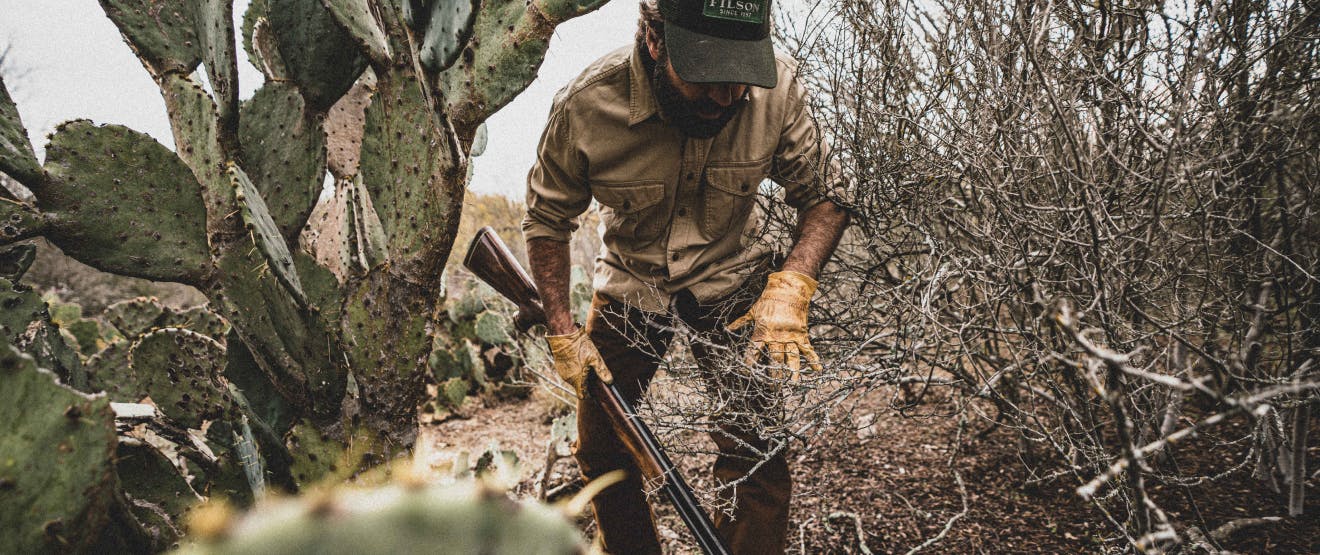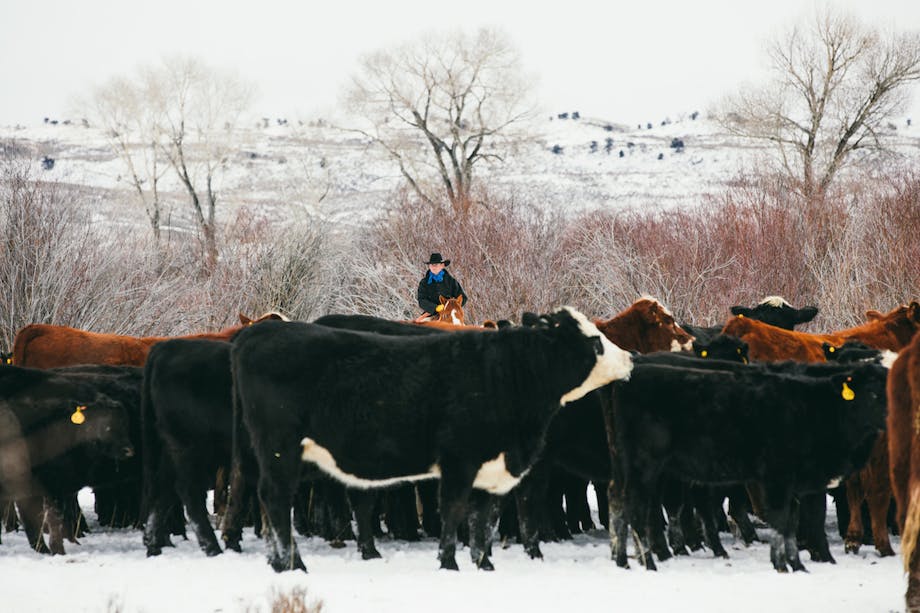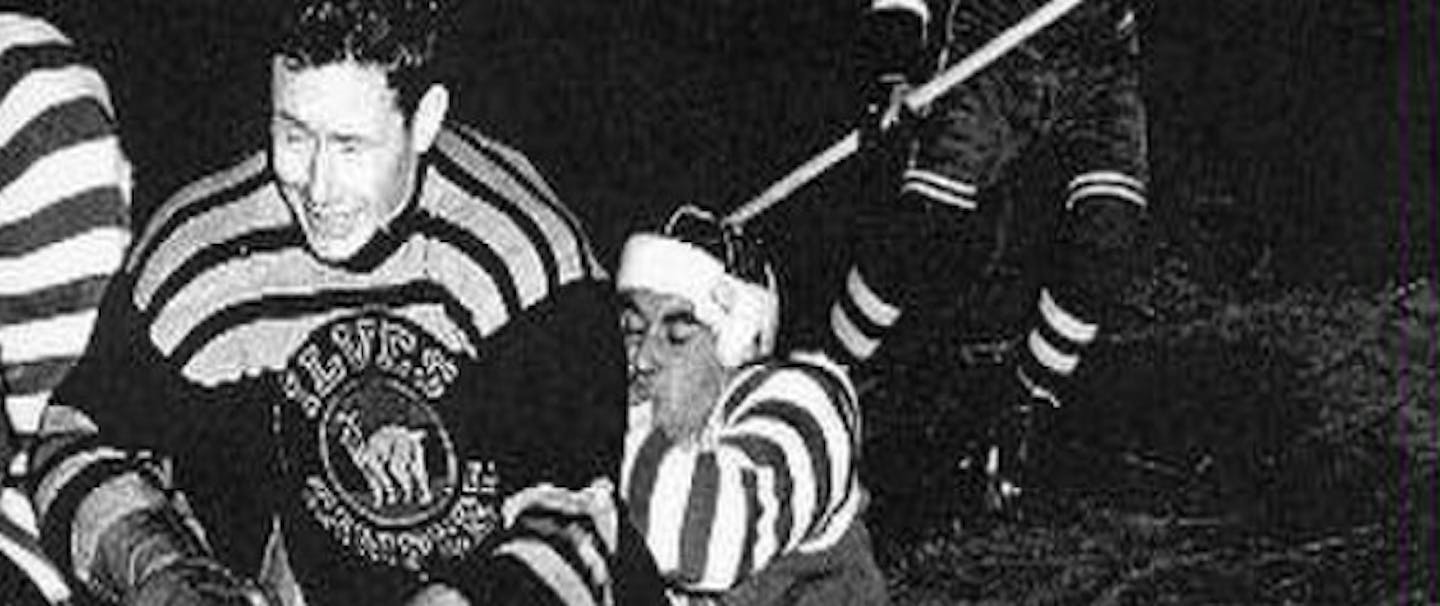The Filson team found ourselves in the Southwest not too long ago, testing out new gear in the brushlands of the Texas Hill Country. To help us navigate the desolate limestone hills and canyons, we brought along local outdoors person Cory Emerson. A lifelong Texan, he grew up on a remote ranch in the southwest Texas area and has spent countless hours roaming the region on hunting trips and other outings. One of the first things he did was educate us on the dos and don’ts of traveling in rattlesnake country, and we thought we should share it.

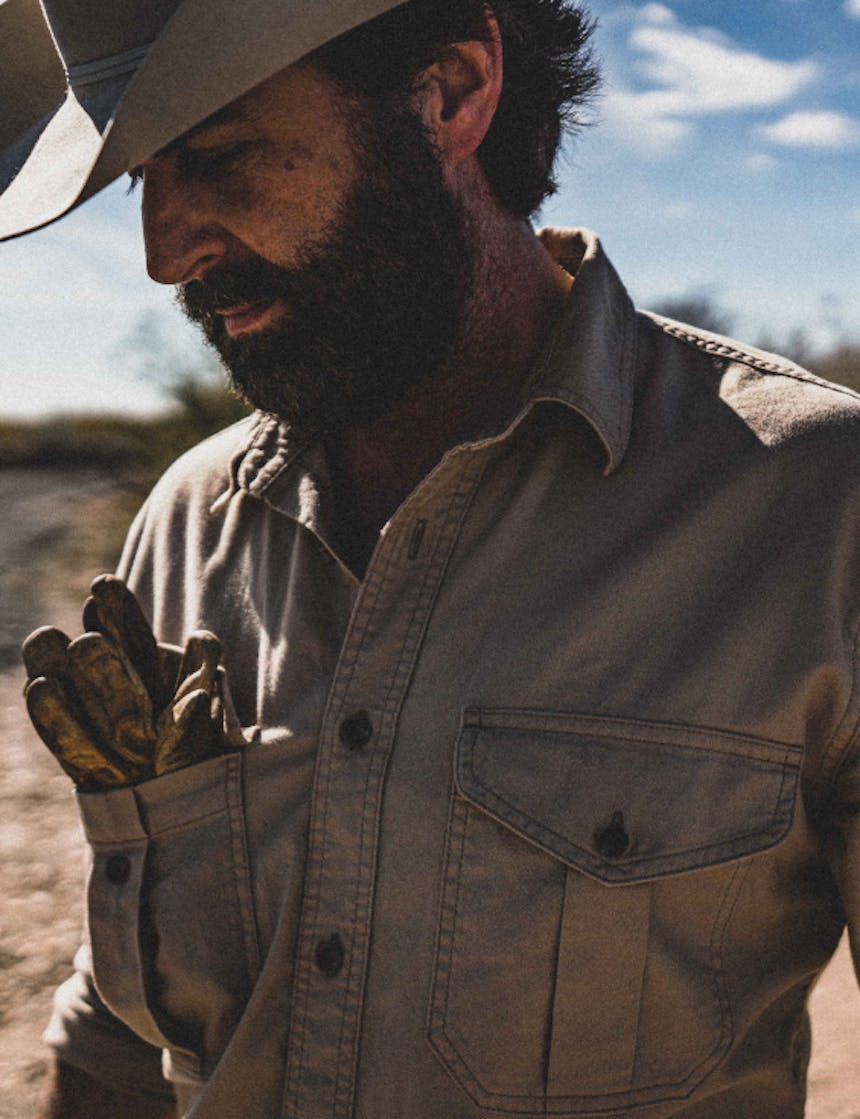
Rattlesnakes are found in almost every part of the continental United States, but they are widespread in the Southwest. As a pit viper, they strike their prey rapidly and inject venom via fangs roughly one inch long. They then consume the paralyzed creature and spend several days digesting it, often not hunting again for several weeks. Although there are about 8,000 rattlesnake bites to humans each year, they do not attack humans as prey. It is a defensive measure most often occurring when a snake has been startled or cornered, and, more often than not, rattlesnakes will only strike when coiled. Of these bitten people, only about five die in a given year, and those are from bites near the lower calf and ankles, areas with easy access to veins.
Darkness does not hamper them. They have very keen eyesight and a strong sense of smell using both their nostrils and their flicking tongues
One of the best rules to follow in rattlesnake country is to wear a pair of snake-proof boots. This will offer protection from your ankles to above your calf, the main strike zone for the snake. Wearing loose clothing is preferable to tight clothing. Canvas pants or heavy denim provide an extra barrier that the snake has to bite through. And sometimes, the tough denim fabric the fangs first hit, along with the extra inch of dead air, can release a little venom before it hits the skin. Needless to say, avoid wearing sandals or going barefoot.


Because snakes are cold-blooded, they cannot internally regulate their body temperature. Instead, they rely on their surroundings to provide heat. They often are found basking in the sun in the early and late parts of the day as they warm up from the cool evening air or gather heat for the approaching nighttime. In between, they nestle under rocks or in crevasses, logs, and tree stumps to escape the midday heat and will also rest in trees. As it gets hotter, they will shift their active times to the cooler parts of the day. So, in hot summer months, they hunt for food during the nighttime.
Darkness does not hamper them. They have very keen eyesight and a strong sense of smell using both their nostrils and their flicking tongues. They also have heat-sensing pits near the tip of their nose. These pits sense warm-blooded animals in the environment. Despite these well-developed senses that help them hunt for prey, rattlesnakes have poor hearing, but they can feel vibrations in the ground.
They live in dens located within rocky crevices, often on south-facing slopes. These locations help keep them warm during winter by shielding them from the northern winds. Generations of the same snake family will re-use the same den, and they form swarming balls inside them for warmth. If you are hiking and come across a shed of snakeskins, be on the lookout and leave the area as soon as possible. That means that you are in an area of activity since they shed skins two to three times a year.

The Dos and Don’ts in Rattlesnake County
1. When walking in their environment, keep an alert ear for the buzz of a rattler. But also keep your eyes open. Some rattlesnakes, especially in areas with high feral hog populations, have evolved not to rattle to protect themselves from the hogs that love to eat them. Carrying a walking stick is also a good tactic. Use it to probe the ground in front of you, areas of long grass, etc.
2. If a rattlesnake is close to your foot and slithering by, stand still and let it pass.
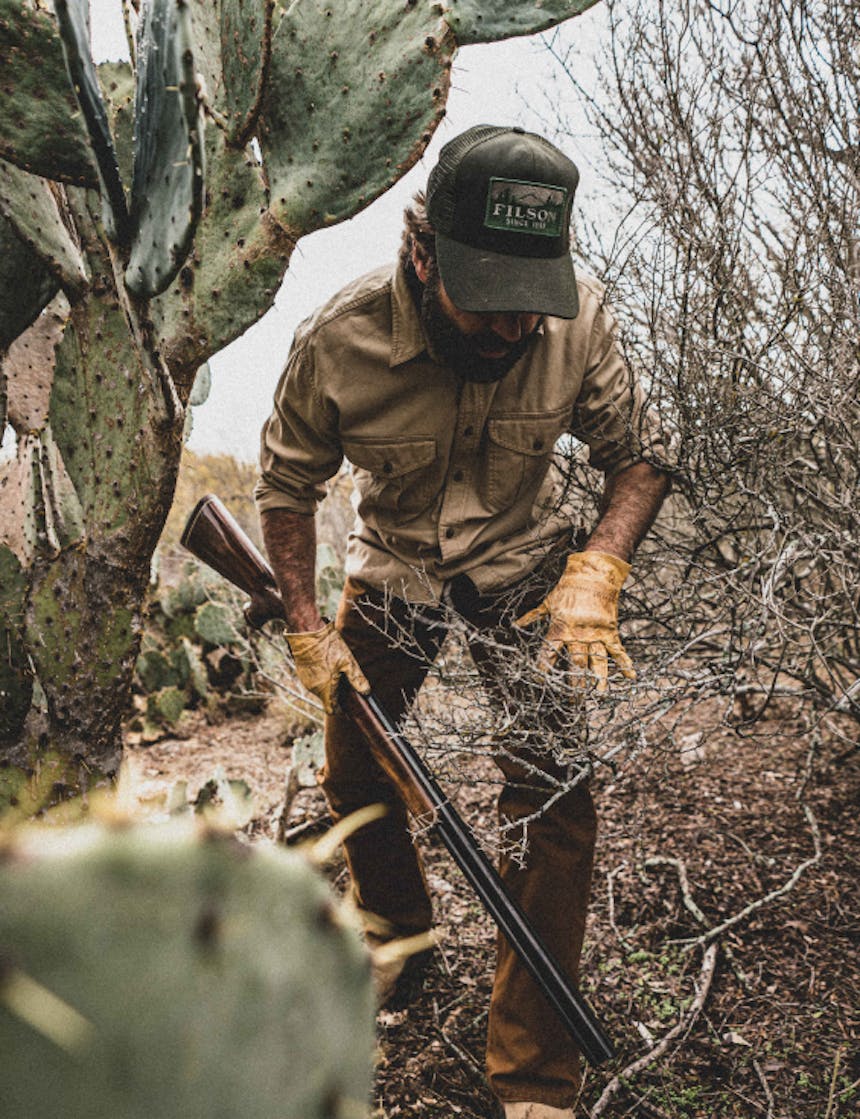
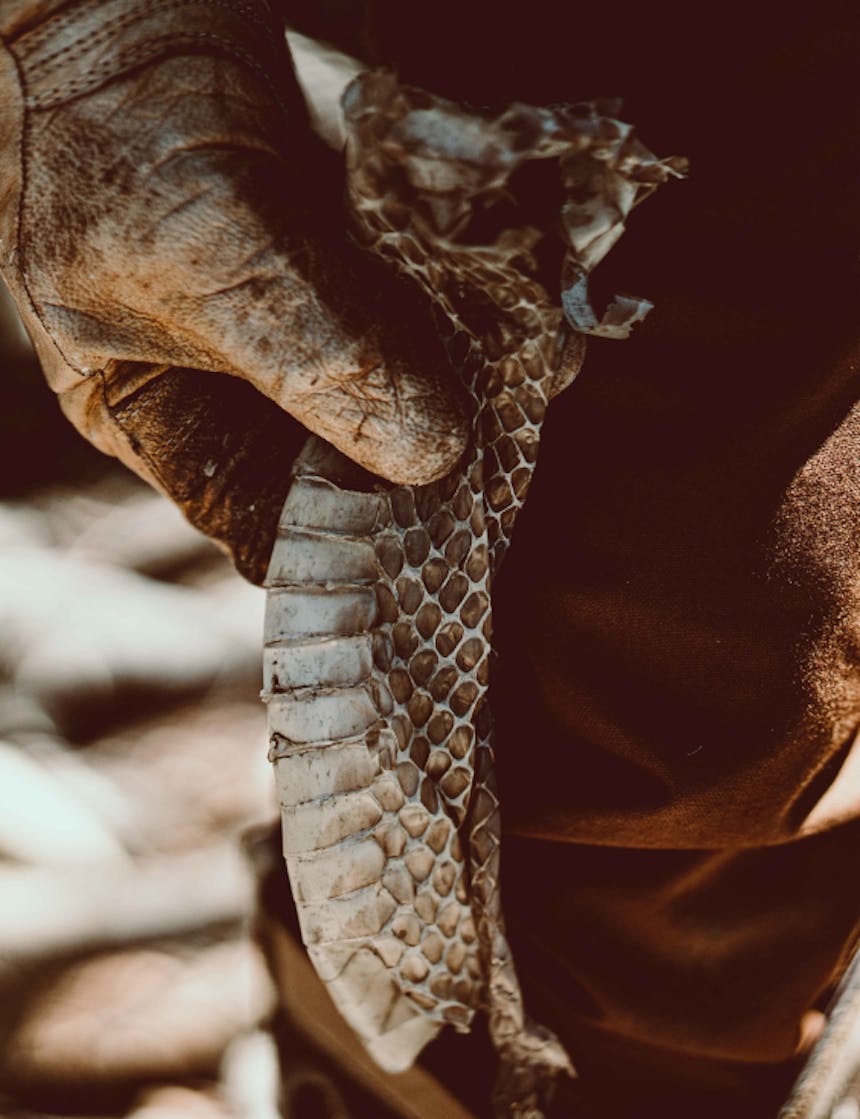
3. If you hear a rattlesnake buzzing but don’t see it, don’t jump. Instead, freeze. Take a deep breath and stop, look, and listen to try to spot the snake. You need to figure where the opposite direction is to move to. When they buzz, they are coiled and ready to strike. It doesn’t want to strike and is warning you to stay away, so don’t move in its direction. Their strike range is two-thirds of their length, so an average four-foot rattlesnake can have a strike zone of two and a half feet from where it is. Slowly move in the opposite direction, away from the snake, until you are safe.
4. If you are climbing rocks, go slow, and watch above you where you place your hand. Look in cracks and try your best not to grab inside crevices while climbing. Also, watch in the trees and the tall grass while moving through the brush; these are all rattlesnake habitats. If you see snake sheds, be alert. This is an active area.
5. Hopefully, if you are hunting with a dog, it will have been trained to keep away from the rattler’s buzz. Most dogs get hit in the leg and/or on the nose for messing with the snake.

If a rattlesnake strikes you, do NOT try to treat it and do NOT use a cold compress, ice, or a tourniquet. All of these will restrict blood flow and can cause more harm to the injury and trauma tissue. Go immediately to a hospital. Do not cut by the wound and try to suck out the venom; that is outdated folklore and can create more issues. Instead, get to a doctor immediately.
Learn what to do if you are in the middle of nowhere and absolutely can’t get to help here:

